SUMMARY
This is AI generated summarization, which may have errors. For context, always refer to the full article.
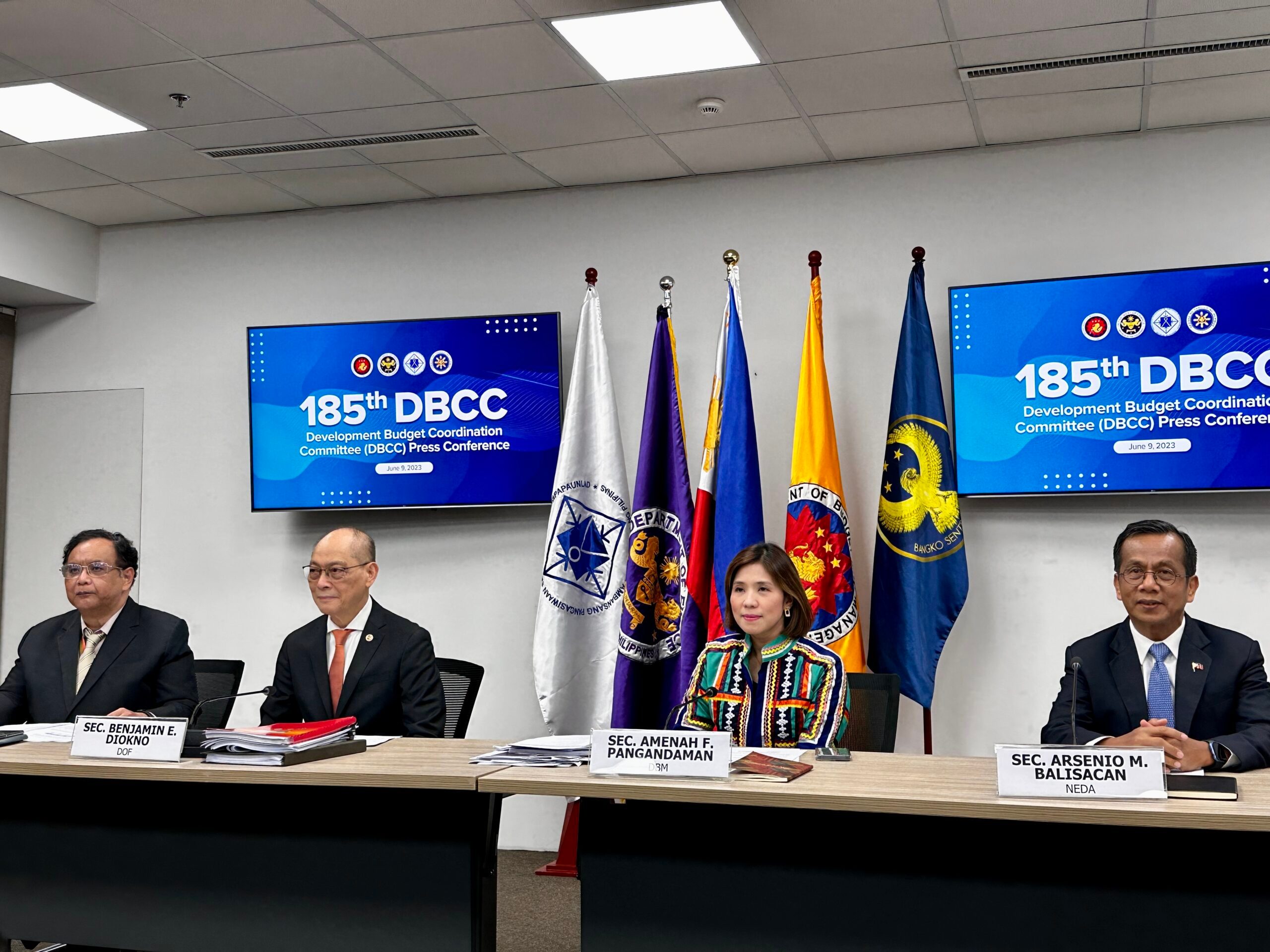
MANILA, Philippines – Economic managers of the Marcos administration have maintained their medium-term growth outlook, as domestic consumption is seen to support the economy amid slowing trade and global headwinds.
The Development Budget Coordination Committee (DBCC) on Friday, June 9, announced that they had maintained the gross domestic product (GDP) growth outlook for 2023 at 6% to 7% for 2023 and 6.5% to 8% for 2024 to 2028.
GDP growth was not revised upward despite the inflation outlook – which was mainly the hindrance for higher growth – being narrowed to 5% to 6% from the previous assumption range of 5% to 7%.

National Economic and Development Authority Secretary Arsenio Balisacan said that while inflation has eased, growth will continue to be challenged by slowing global growth.
The “lag effect” of higher interest rates that were imposed mostly in 2022 due to higher commodity prices will also challenge growth, according to him.
Balisacan, however, noted that domestic demand, which comprises three-fourths of the country’s overall GDP figure, as well as “strong macroeconomic fundamentals,” will sustain the Philippines’ economic growth.
The DBCC also lowered its exports and imports growth projections for 2023, at 1% and 2% from 3% and 4%, respectively. These are expected to stabilize at 6% and 8%, respectively, in the medium term.
Bangko Sentral ng Pilipinas Deputy Governor Franciso Dakila Jr. said that trade figures were revised downward mainly due to lower global demand for electronics products as well as coconuts and minerals. The slowdown in imports was attributed to moderation in commodity prices as well as slower manufacturing activities.
“The DBCC is confident that the country can withstand these risks and achieve upper-middle-income status in the next two years through the implementation of near- and medium-term strategies, such as ensuring timely and adequate importation, providing preemptive measures to address El Niño, strengthening biosecurity, enhancing agricultural productivity, and pushing for legislative reforms, including the Livestock, Poultry, and Dairy Competitiveness and Development Act, among others,” the DBCC’s joint statement read. – Rappler.com
Add a comment
How does this make you feel?

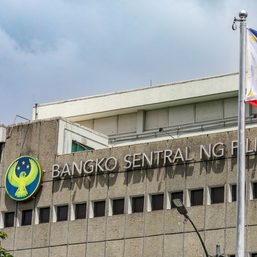

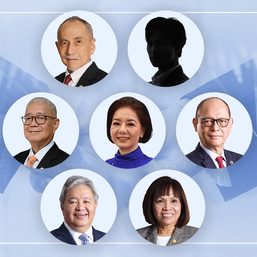
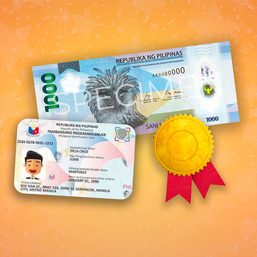
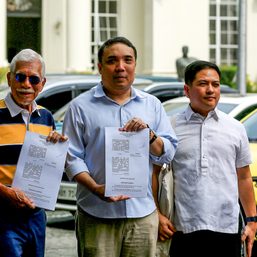
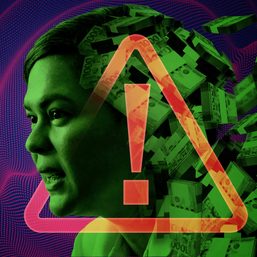
![[In This Economy] Brace yourselves for more deficits, debt](https://www.rappler.com/tachyon/2023/09/TL-Brace-yourselves-deficit-debt-September-29-2023.jpg?resize=257%2C257&crop=241px%2C0px%2C720px%2C720px)

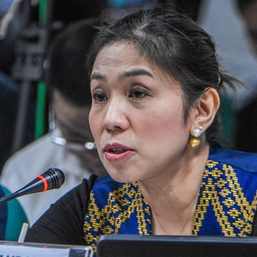
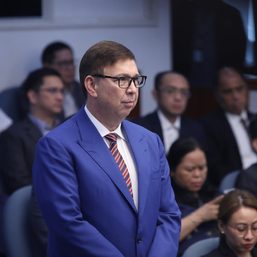
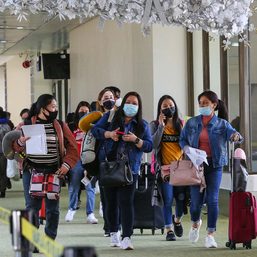
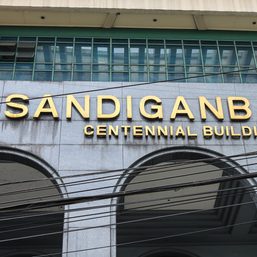
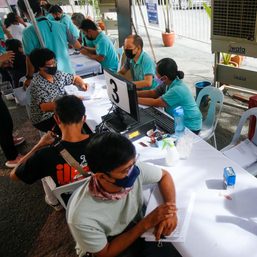
![[EDITORIAL] Kamaynilaan para sa tao, hindi para sa mga sasakyan](https://www.rappler.com/tachyon/2024/04/animated-traffic-april-2024-carousel.jpg?resize=257%2C257&crop=410px%2C0px%2C720px%2C720px)
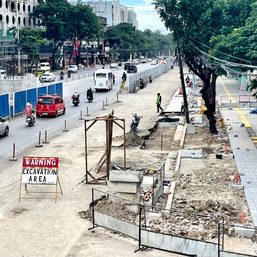
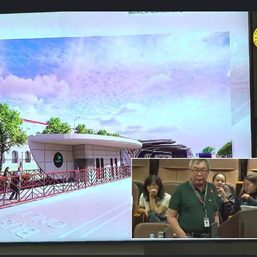

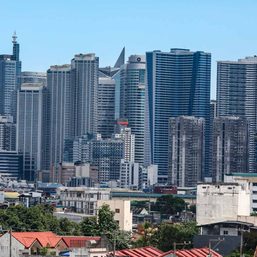
There are no comments yet. Add your comment to start the conversation.